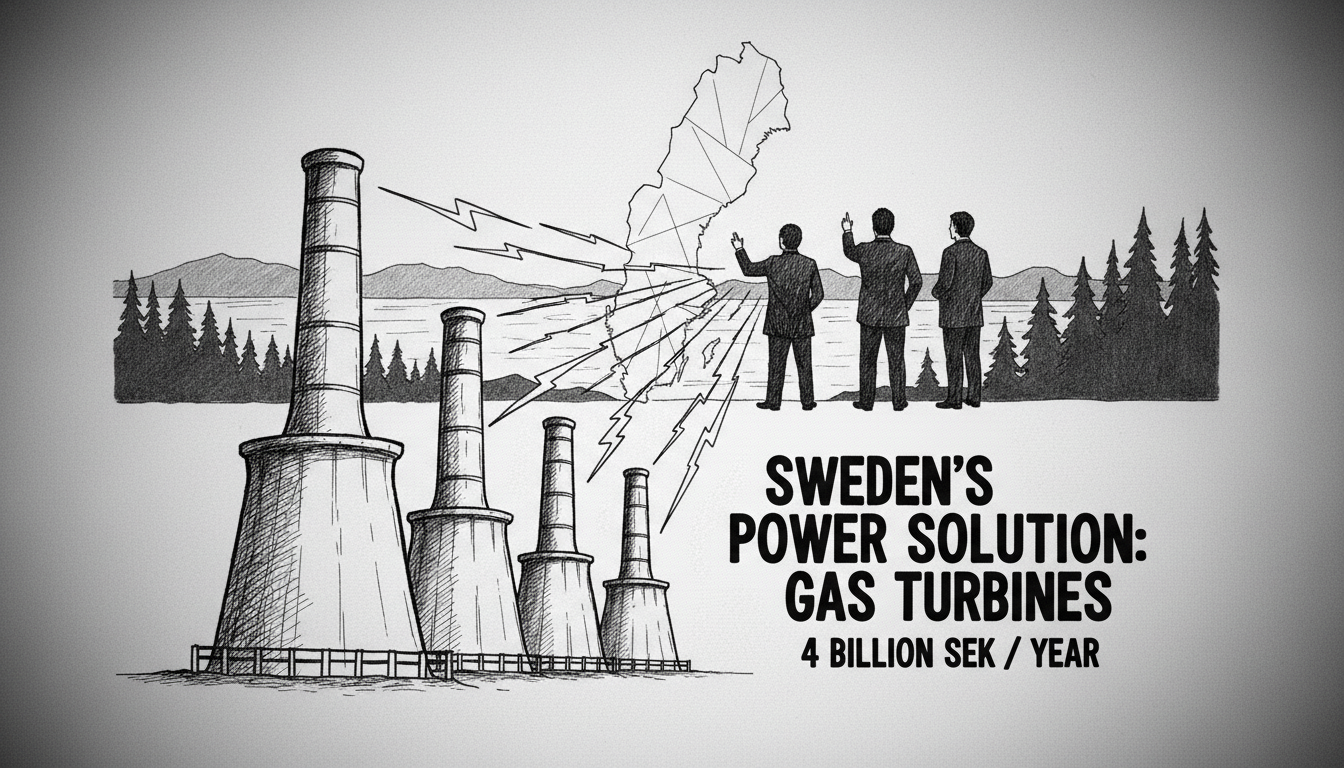State-funded gas turbines could solve Sweden's electricity shortage problems. Researchers suggest this approach provides the best insurance against power deficits.
Markus Wråke, research director at Energy Research Center Energiforsk, explains the reasoning. He says Sweden must prepare its power system for worst-case scenarios.
These extreme situations might occur only once every five years. But researchers have calculated what it costs to protect Sweden from system-wide blackouts.
Gas turbines offer simple technology that can be placed flexibly where needed most. Their costs remain predictable according to the research findings.
These turbines can start quickly when electricity demand spikes suddenly. The additional power from relatively expensive gas-produced electricity won't be needed frequently.
This infrequent need means private investors likely won't fund such projects. The state must therefore cover costs for a more secure power system, says Markus Wråke, CEO of Energiforsk.
He describes the approach as buying insurance for the nation's electricity supply.
A new report presents conclusions from four research groups examining Sweden's power system capacity. They studied how the system handles growing electricity consumption alongside expanding weather-dependent power sources.
The central question remains: How extreme should system preparedness be, and at what cost?
Building gas turbines isn't cheap. Swedes would likely see the expense reflected in their electricity bills. The total insurance cost with gas turbines would reach around four billion kronor annually.
Other alternatives exist, including batteries or hydrogen storage. But researchers still consider these options uncertain.
The Swedish government wants more nuclear power after 2035. Could nuclear energy serve this insurance role instead?
Wråke says no. The amount of nuclear power currently discussed for construction during the 2030s won't make dramatic difference to this specific problem.
This proposal comes as Sweden faces increasing electricity demand while transitioning to more renewable sources. The research highlights the tension between cost concerns and system reliability in the evolving energy landscape.
